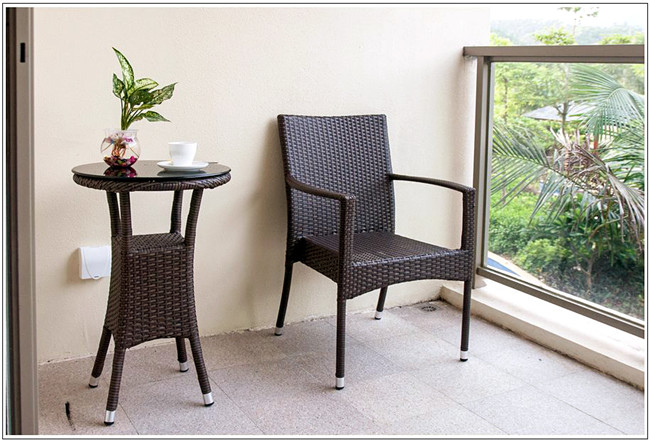
Wicker is a man-made paper fiber or cane-based material, commonly used to make furniture, hats, and a host of other everyday items. Over time, wicker can lose its natural oil content due to moisture and normal use. Given that wicker has been around for many years, there are tried-and-true steps that are commonly taken to restore the moisture in brittle wicker pieces.
Things You'll Need
- Hose
- 2/3 cup boiled linseed oil
- 1/3 cup turpentine
- Horsehair brush
- Paintbrush
- Clean cloths
- Oil-based stain
Instructions
-
Hose off the wicker piece, removing most of the loose contaminants and dirt. Focus on the spots that typically come in contact with clothes and body oils.
-
Use a horsehair brush to scrub under the wicker's weave. Rinse the piece again. Allow it to dry naturally.
-
Mix the linseed oil and turpentine in a well-ventilated space (preferably outside.) Rub the mixture into the piece, pressing the oil firmly into the weave. Gently dab away any excess that bubbles to the surface.
-
Apply a fresh coat of matching stain to the piece with the paintbrush. Allow the piece to dry for two to three days prior to use.
Tips & Warnings
- Never dispose of rags soaked in turpentine in a closed container, such as a trash can. Spontaneous combustion can occur. Allow the rag to completely dry, or better, rinse it thoroughly first if it must be disposed of



 Joey Zou
Joey Zou
 Joanna
Joanna Elaine zhang
Elaine zhang Litchi
Litchi Joey zou
Joey zou Twinkle Liang
Twinkle Liang